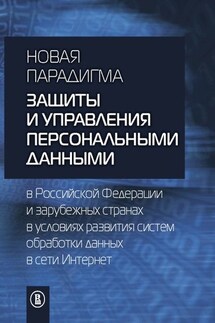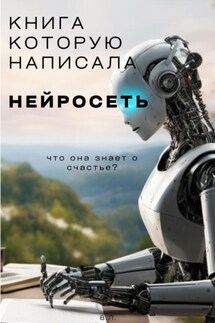Рефлексивные процессы и управление. Сборник материалов XI Международного симпозиума 16-17 октября 2017 г., Москва - страница 11
Figure 3. Learning by observation
BDA tools use a different approach than Business intelligence. Instead of reducing variety and focusing solely on financial business outcomes, they provide the option to understand, predict or even propose activities on the detailed data, provided by the organisation.
3.5 The inter and trans team learning and experience sharing is redefined.
Figure 4. Sharing experience across teams
The experiences of multiple teams in similar situations can be successfully identified, understood, and learned upon with the help of BDA. For example, the effects of using multiple communication marketing campaigns in multiple markets can be compared.
There is though a limitation of using BDA to support learning between the teams. It works well in a highly repetitive processes, where data on similar situations are easily obtainable, as for instance sales, or mass production. If there are not enough similar cases, or if the data variety to explain a cases is too high, BDA cannot adequately provide insight.
3.6 BDA support the interhierarchical learning processes and reduce the number of the hierarchical recursion levels.
Figure 5. Understanding the drivers
The BDA is used by the higher levels in two ways: First, by elaborating the feedbacks of the lower structural recursion levels, it can fine-tune the activities, guiding to the desired results. Secondly, it can use BDA to better understand the needs, processes and relations at lower levels to propose solutions that provide value added for all the subjects, affected by the organizations. The higher capacity to manage variety also reduces the need for hierarchy and allows structural recursion. In some cases, the automated guiding systems can entirely eliminate the need for intermediaries between the consumer and provider on a global scale.
1. Addo-Tenkorang, R., & Helo, P. T. (2016). Big data applications in operations/supply-chain management: A literature review. [Review]. Computers & Industrial Engineering, 101, 528–543. doi: 10.1016/j.cie.2016.09.023.
2. Akter, S., Wamba, S. F., Gunasekaran, A., Dubey, R., & Childe, S. J. (2016). How to improve firm performance using big data analytics capability and business strategy alignment? [Article]. International Journal of Production Economics, 182, 113–131. doi: 10.1016/j.ijpe.2016.08.018.
3. Argote, L., & Miron-Spektor, E. (2011). Organizational Learning: From Experience to Knowledge. [Article]. Organization Science, 22(5), 1123–1137. doi: 10.1287/orsc.1100.0621.
4. Ashby, W. R. (1964). An Introduction to Cybernetics. London: Methuen & Co Ltd.
5. Beer, S. (1979). The Heart of Enterprise. Chichester: Willey.
6. Beer, S. (1981). Brain of the Firm (2nd ed.). Chichester: Wiley.
7. Beer, S. (1985). Diagnosing the system for organisation. Chrichester: John Wiley.
8. Bello-Orgaz, G., Jung, J. J., & Camacho, D. (2016). Social big data: Recent achievements and new challenges. [Article]. Information Fusion, 28, 45–59. doi: 10.1016/j.inffus.2015.08.005
9. Bellomo, N., Clarke, D., Gibelli, L., Townsend, P., & Vreugdenhil, B. J. (2016). Human behaviours in evacuation crowd dynamics: From modelling to "big data" toward crisis management. [Review]. Physics of Life Reviews, 18, 1-21. doi: 10.1016/j.plrev.2016.05.014
10. Conant, R., & Ashby, W. R. (1970). Every good regulator of a system must be a model of that system. Intern. J. of Systems Science 1(2), 89–97.









